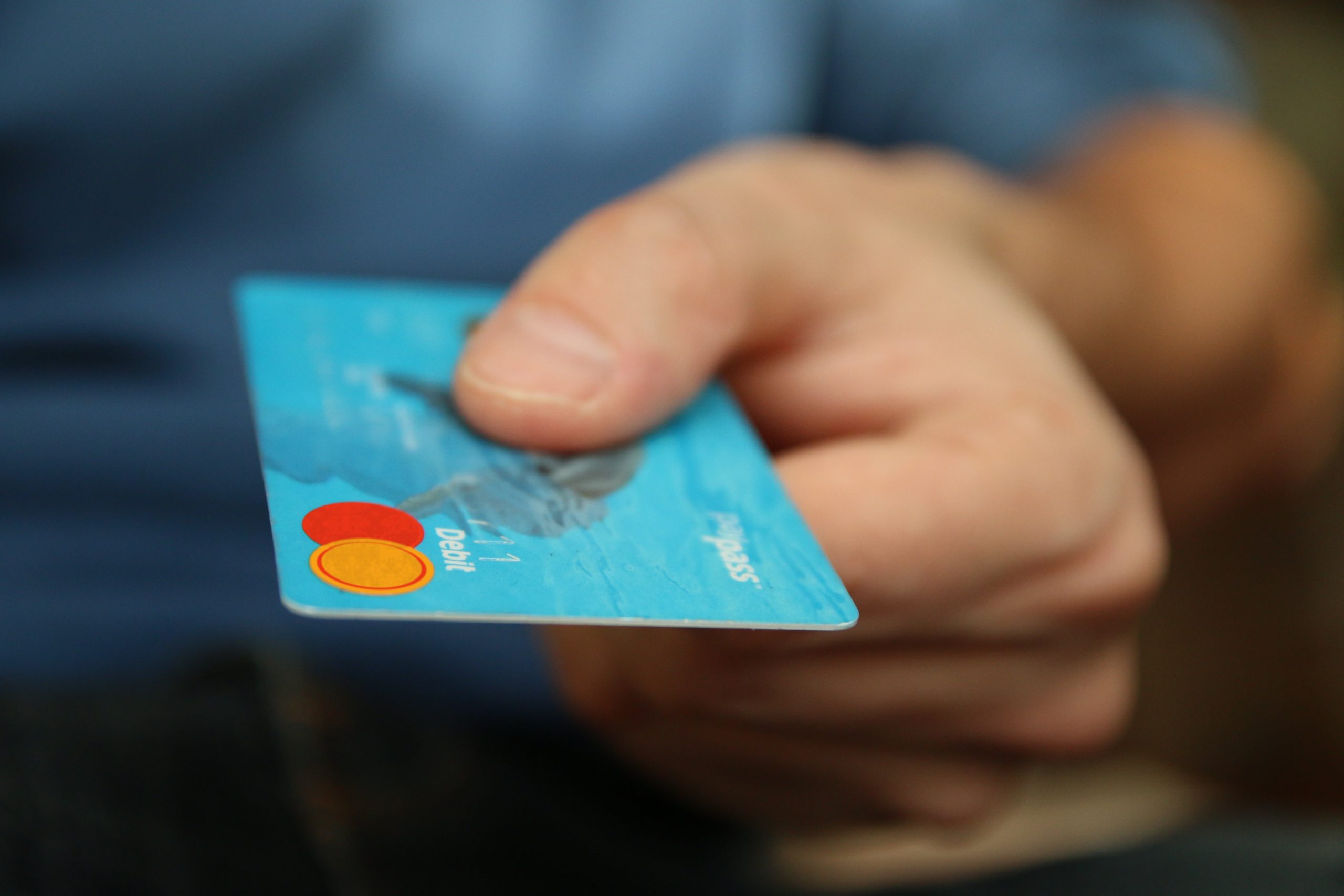Each month, pay off your credit cards in full. If you’re not in debt or paying interest, the miles and cash back aren’t worth anything.
Set a goal of paying off $1,000 of your credit card debt. If you’re paying penalty rates of 20-30 percent, the $1,000 debt reduction will likely save you $150-200 a year in interest, and much more if you’re paying penalty rates of 20-30 percent.
Only use your bank or credit union’s ATMs. Using another banking institution’s ATM once a week might not seem like a huge problem, but if each withdrawal costs $3, that adds up to more than $150 over the course of a year.
Once a year, you may get a free copy of your credit report. Examine your free yearly credit report from the three credit reporting bureaus for mistakes or ways to improve your score. Loan providers, renters, and others use credit ratings to determine what they’ll sell you and at what price. A poor credit score, for example, can increase the cost of a $20,000 vehicle loan by more than $5,000 over the course of 60 months. Here’s where you can learn more about your credit score.
Set up auto-pay for your payments. This guarantees that they are paid on time and in full, avoiding late fees. Some loan providers may give you a minor interest rate reduction if you sign up for auto-pay.
Take advantage of free debt counseling. A Consumer Credit Counseling Services (CCCS) counselor is the most generally available resource for debt management. CCCS’ network of non-profit counselors can help you build a budget, figure out your alternatives, and negotiate with creditors to settle your debts in a private and judgment-free environment. The 45-90 minute therapy sessions are also free and come with no strings attached.

